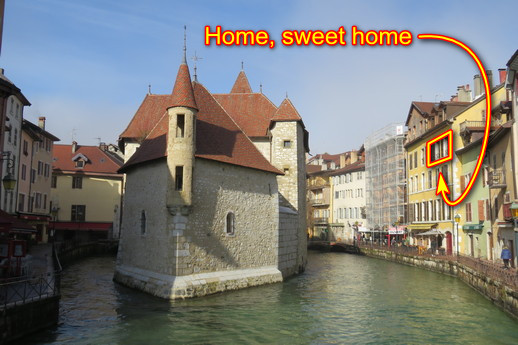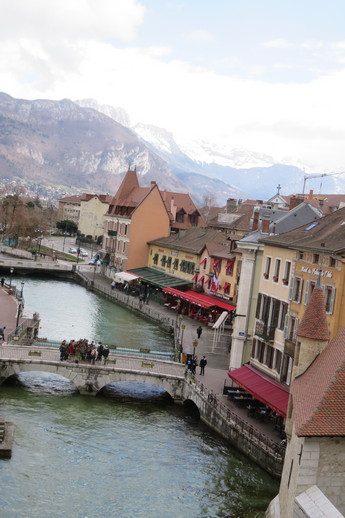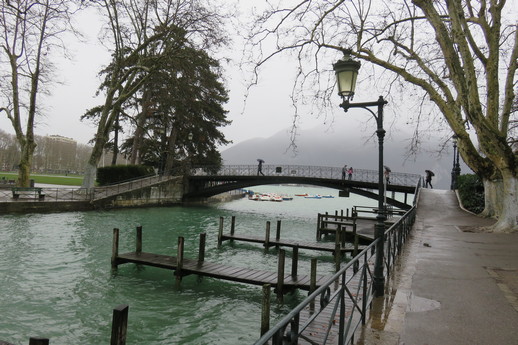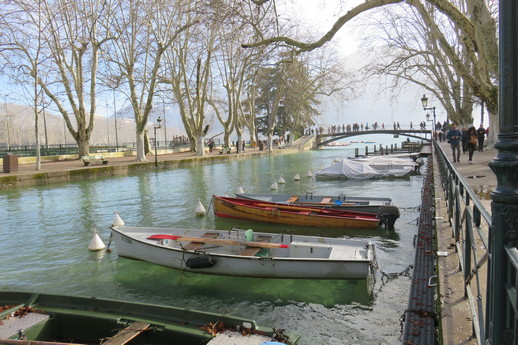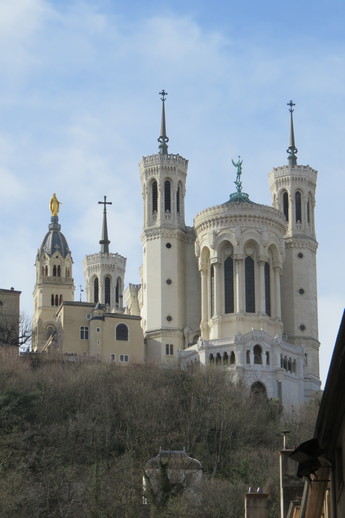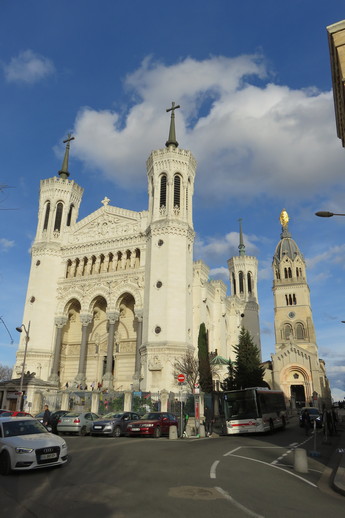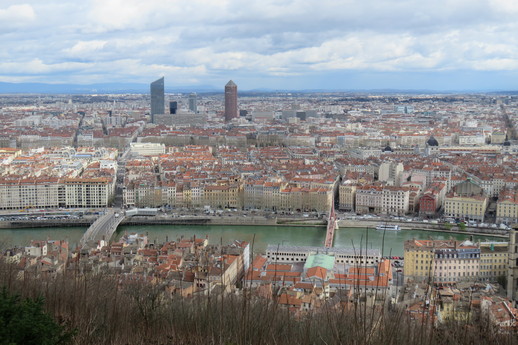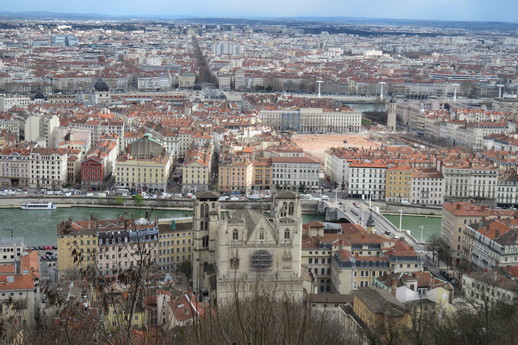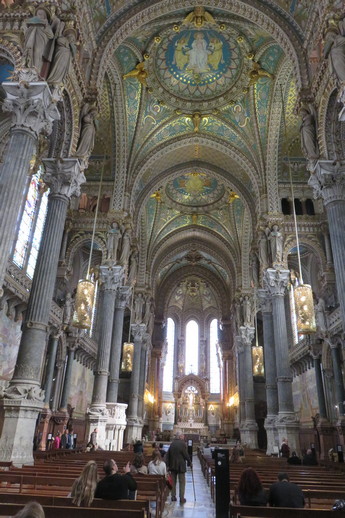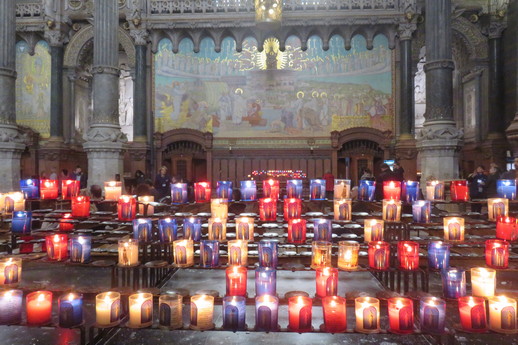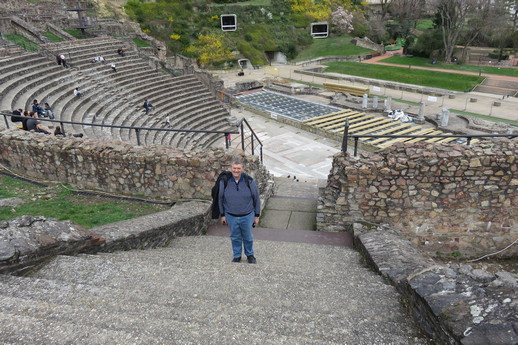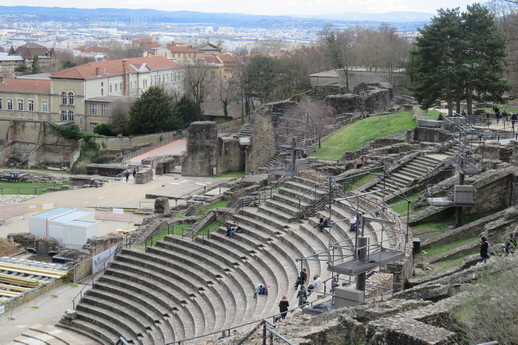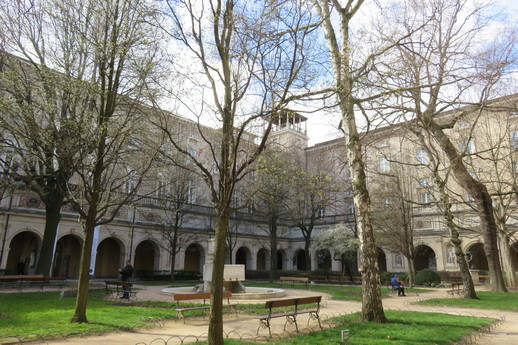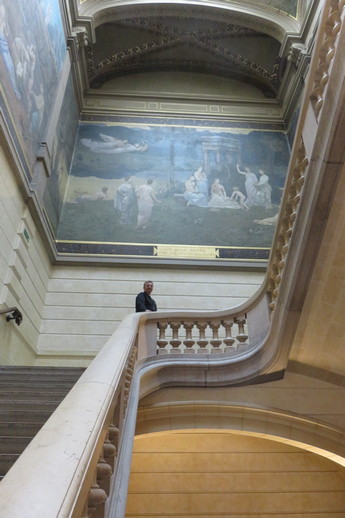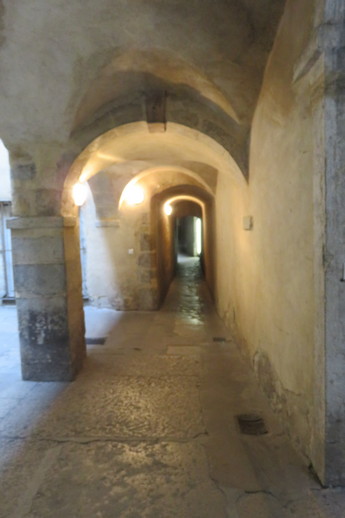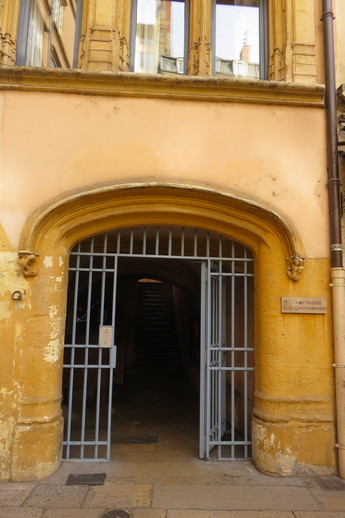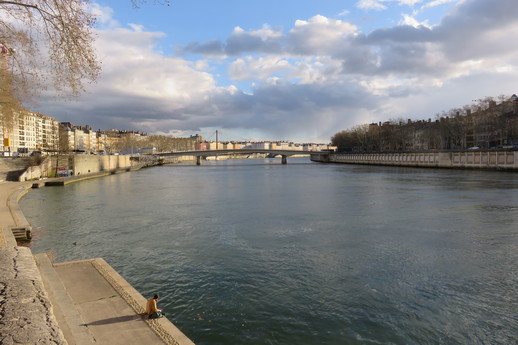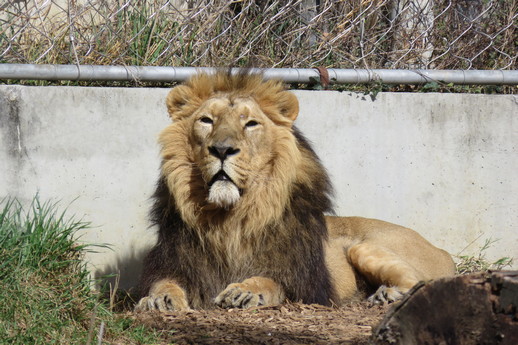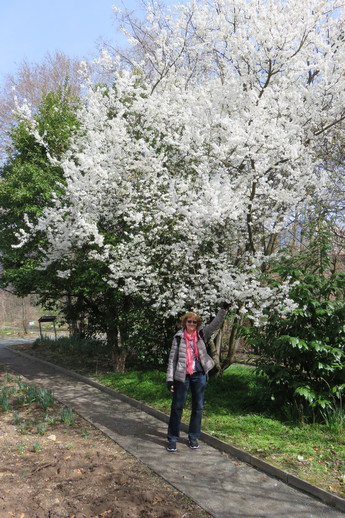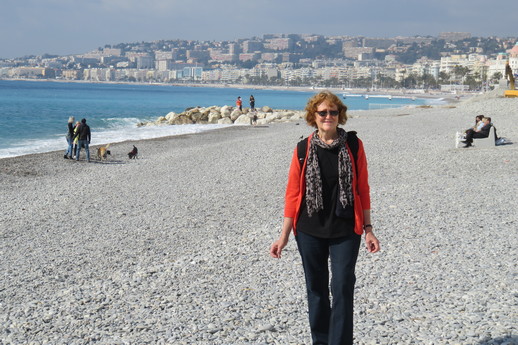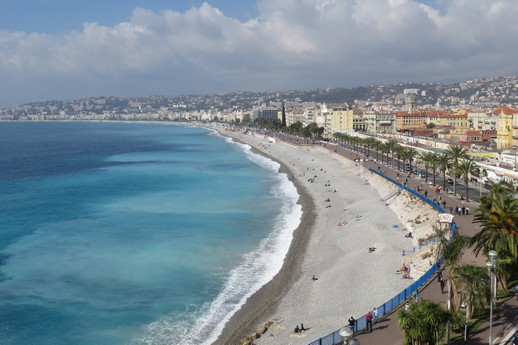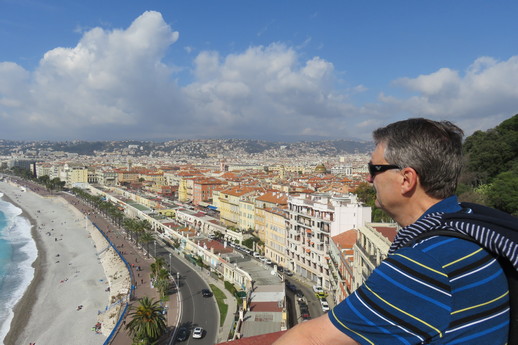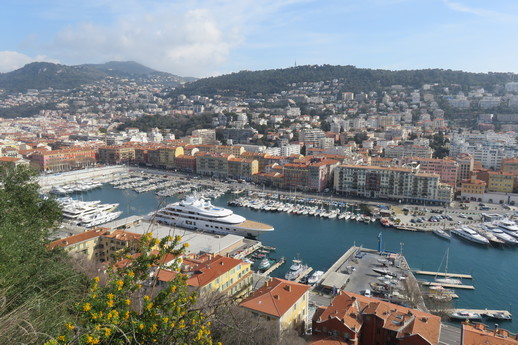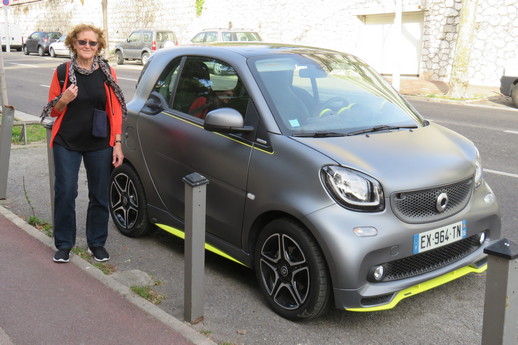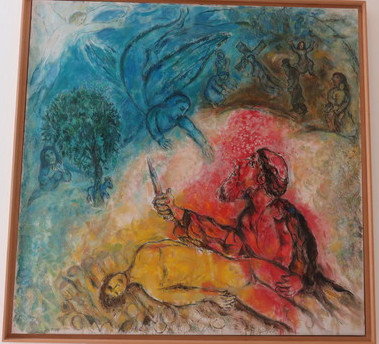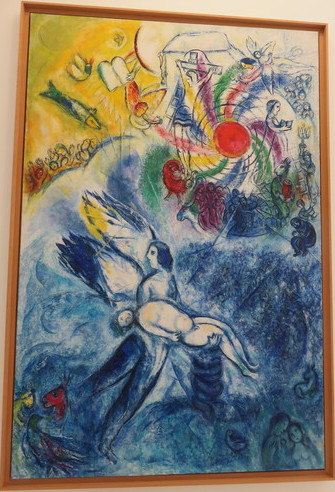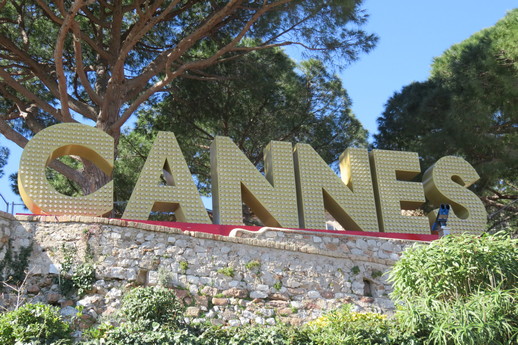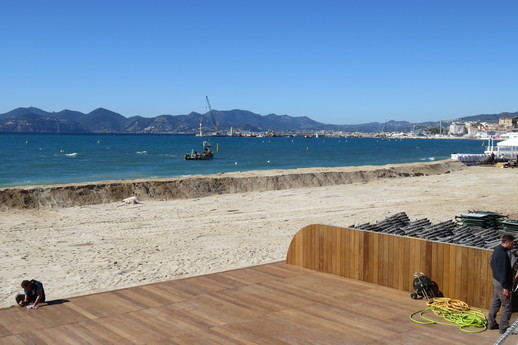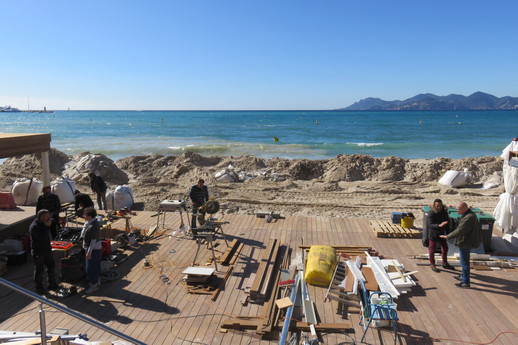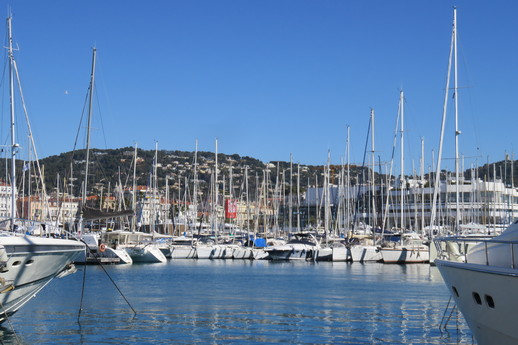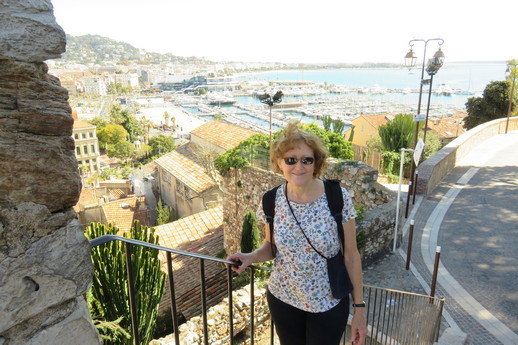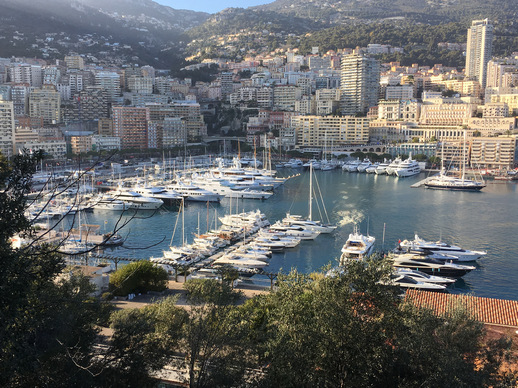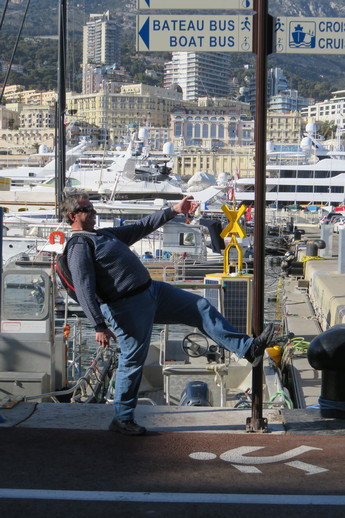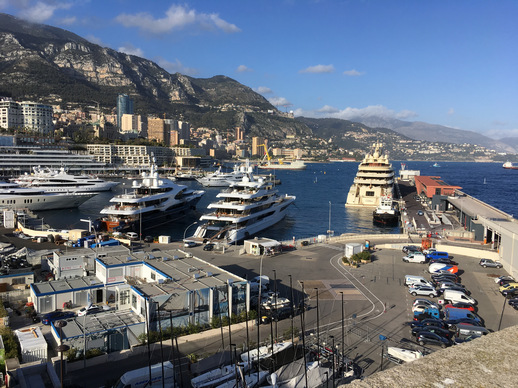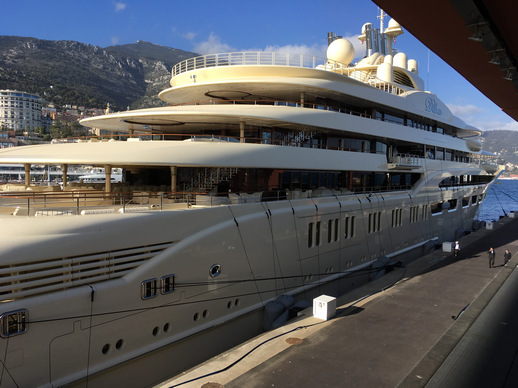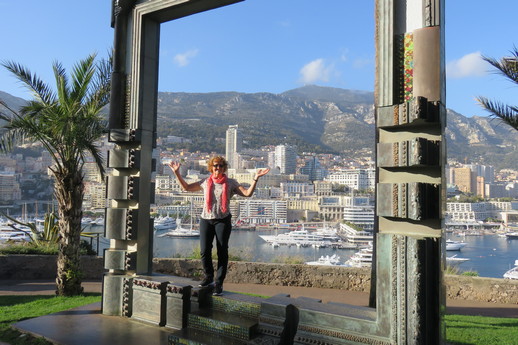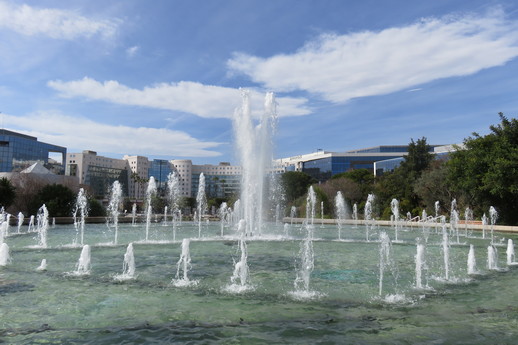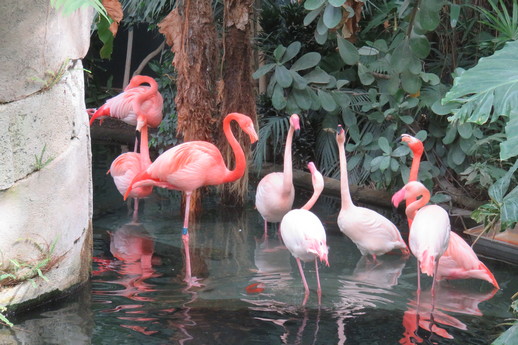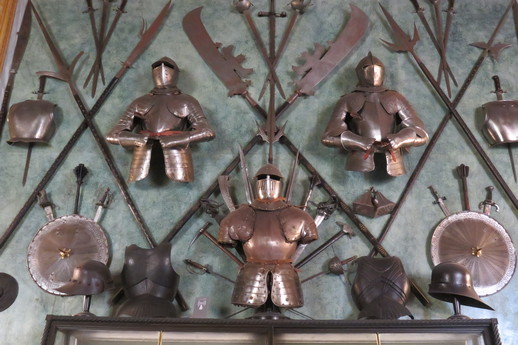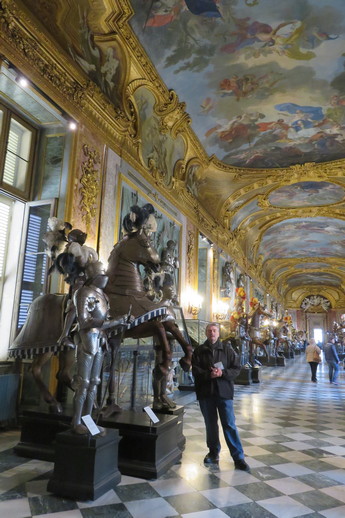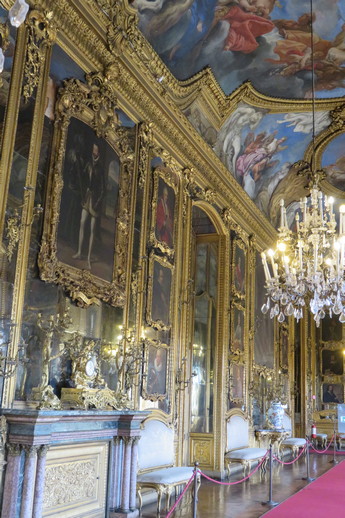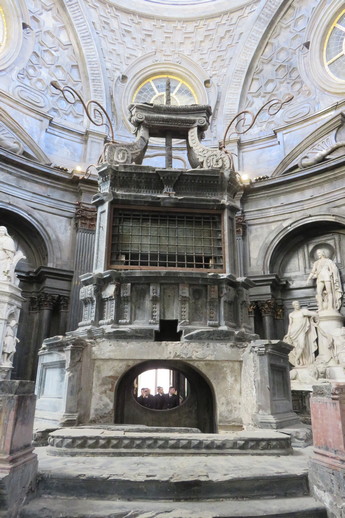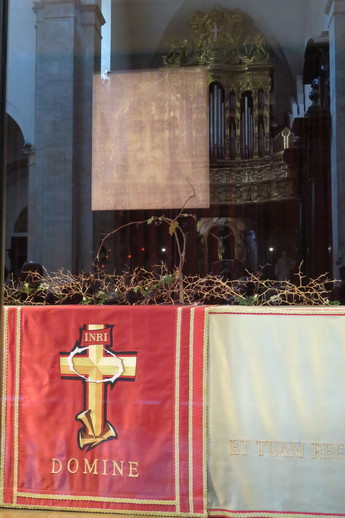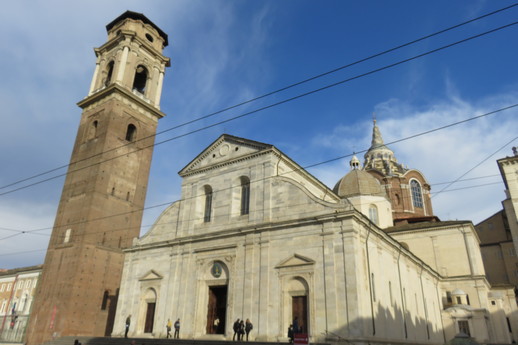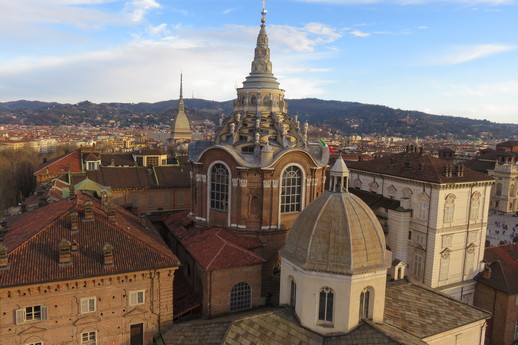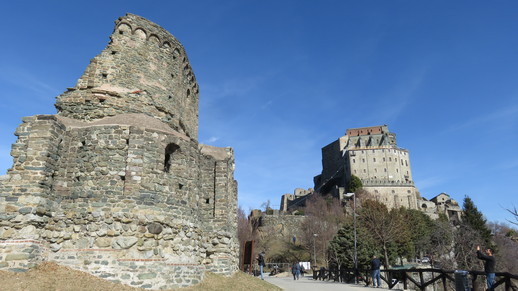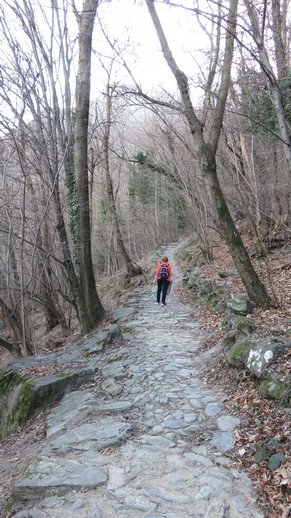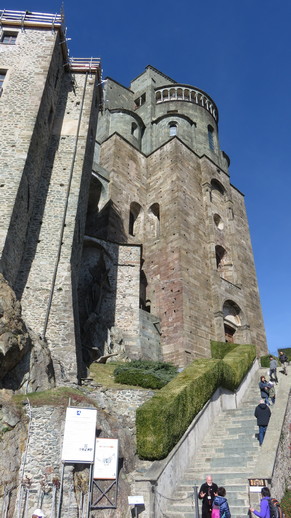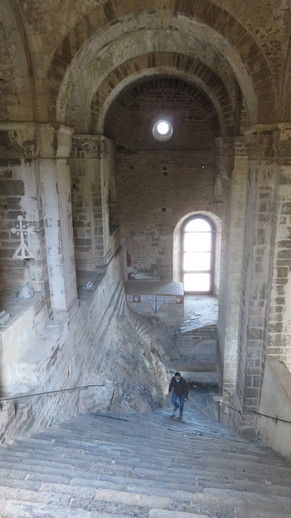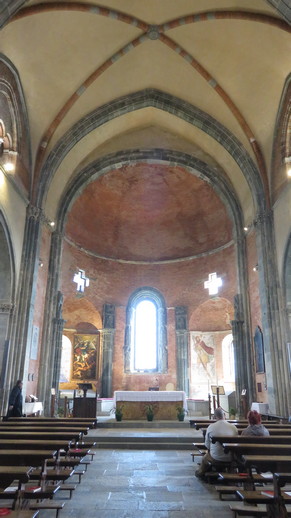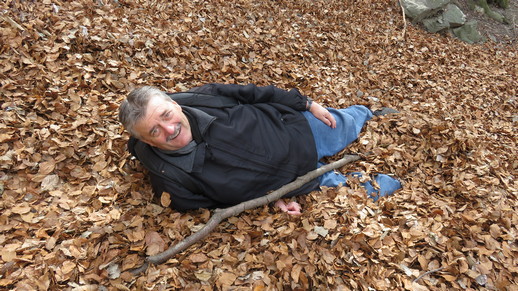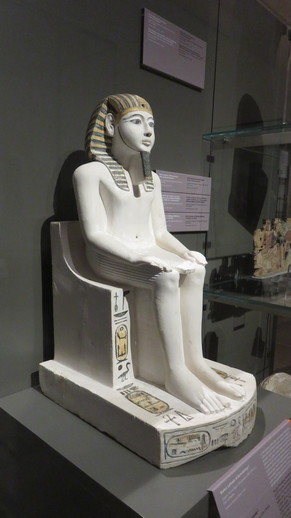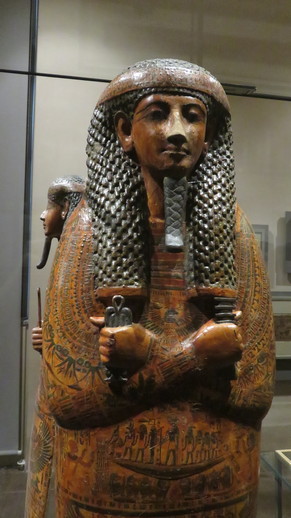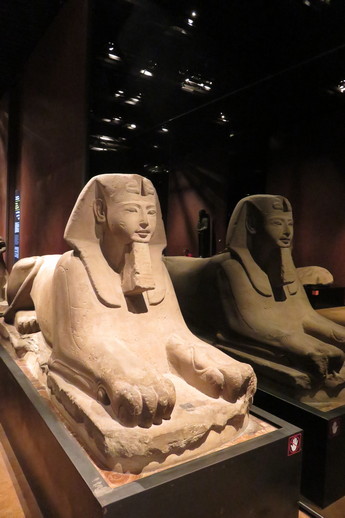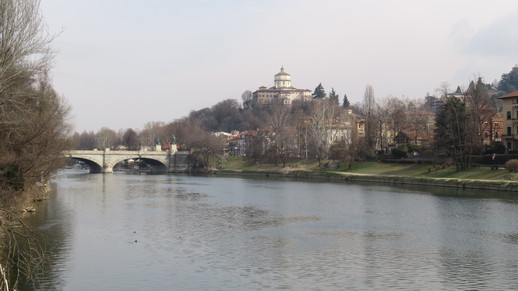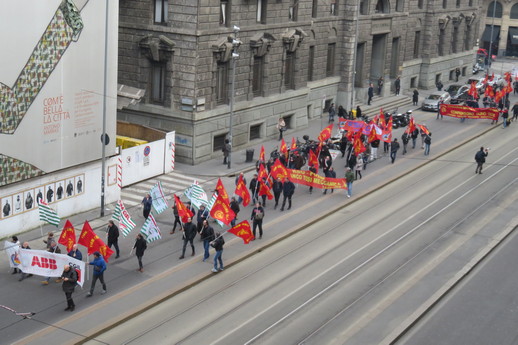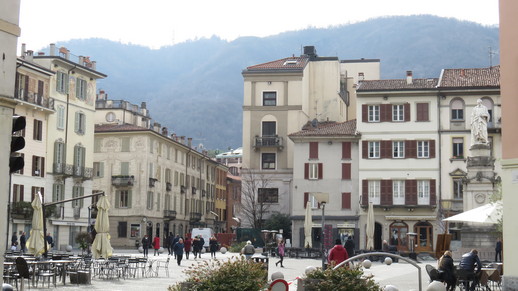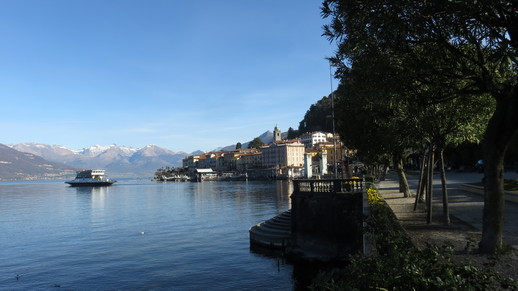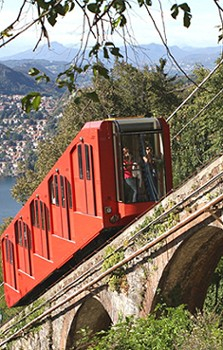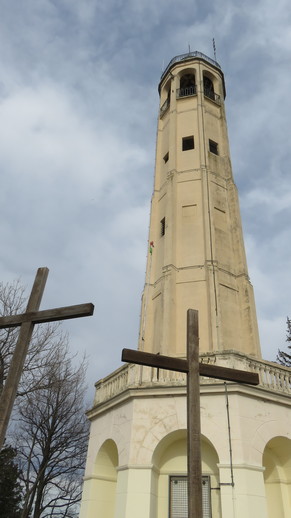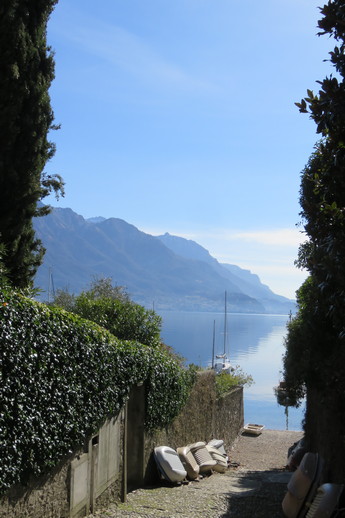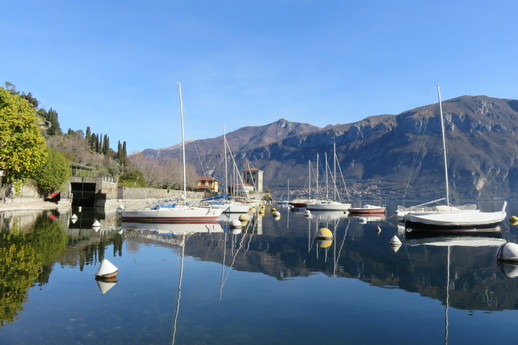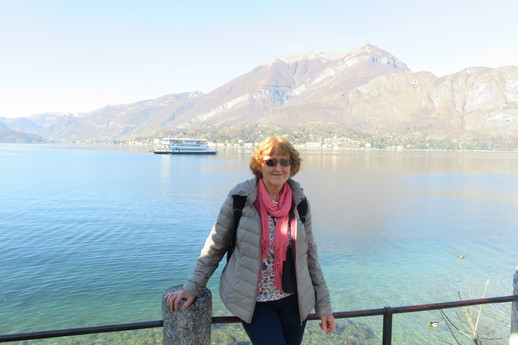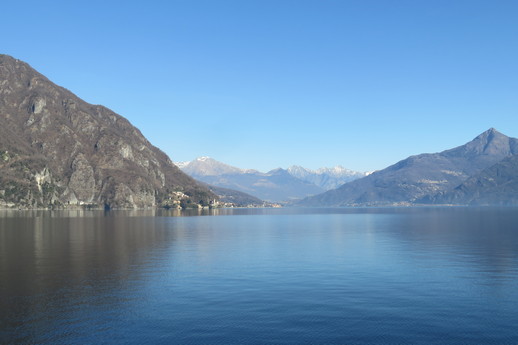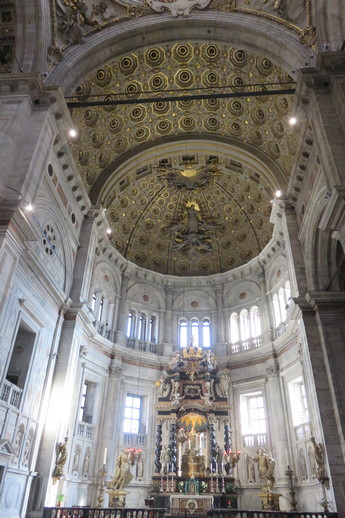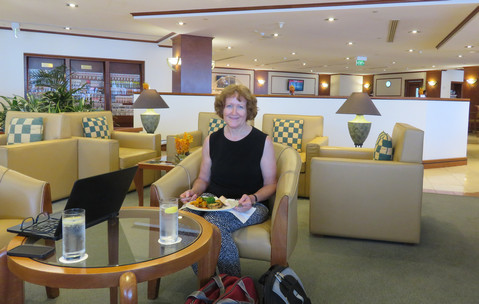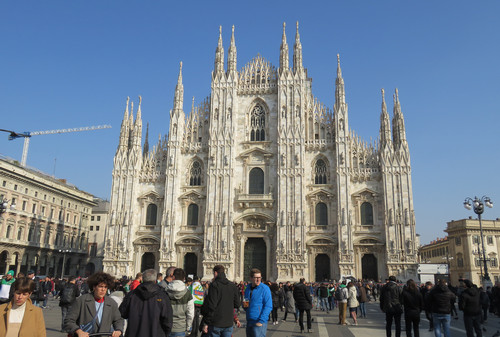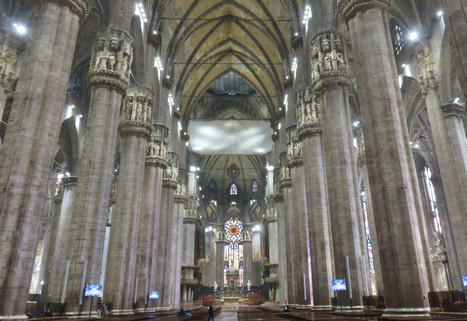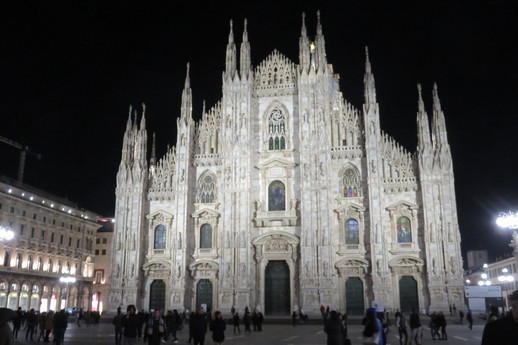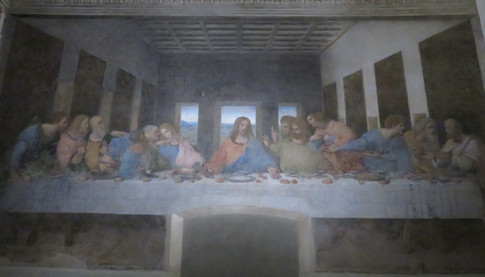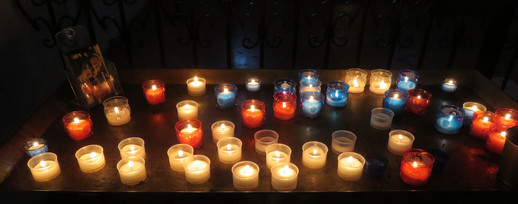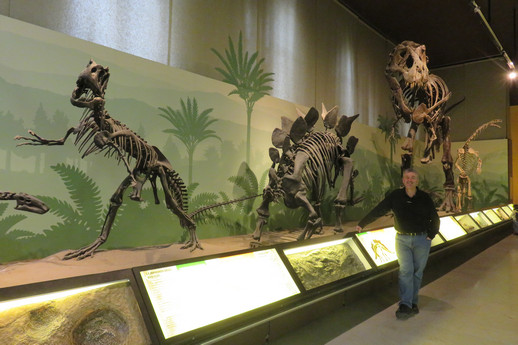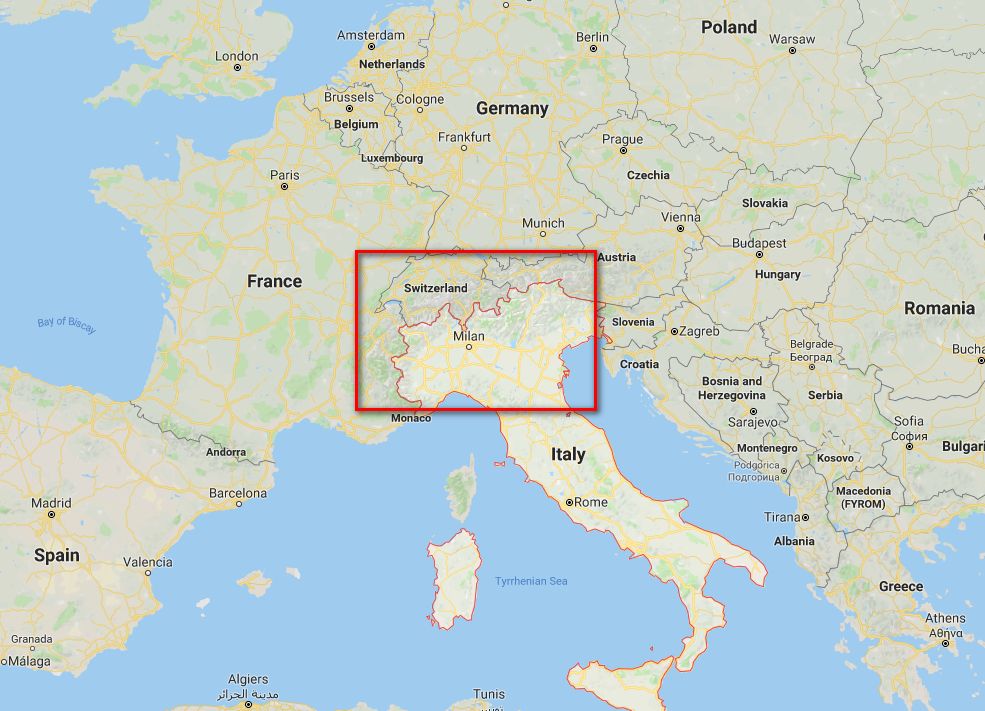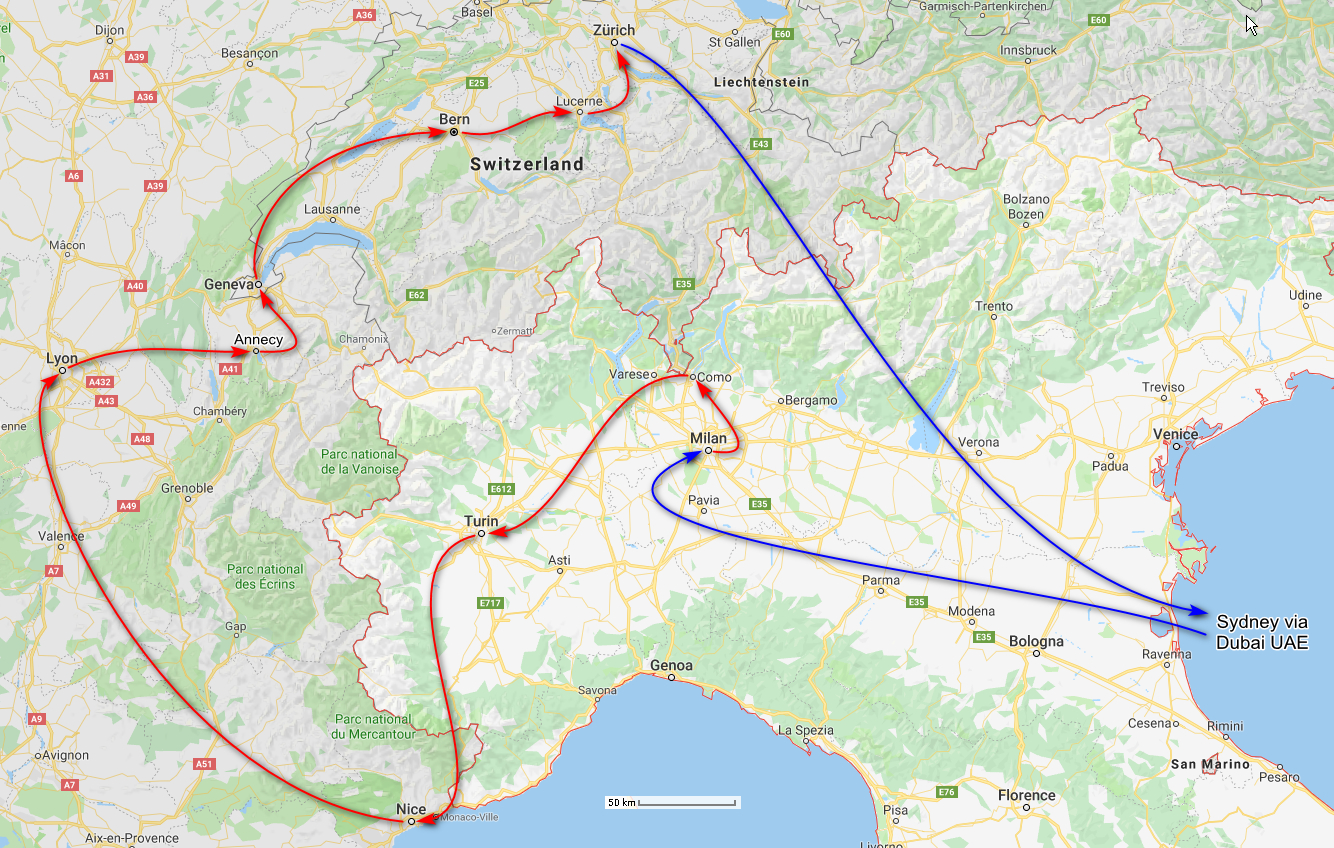When planning our itinerary, Chris allocated a generous seven days to Geneva – this turned out to be a wise decision as there is much to do and see here.
Having recovered our bags from the bus upon our arrival from Annecy, and in brilliant sunshine, we set forth in search of a bank to exchange Australian dollars for Swiss Francs. Our Qantas Travel Money debit cards don’t support Swiss Francs and so it had been my plan to carry Australian dollars to Switzerland and exchange them there, bypassing intermediate exchange rates. Switzerland is a beautiful but comparatively expensive place to visit.
Following a quick review of the metro system, we jumped aboard a tram, making our way to accommodation just outside the perimeter of the old city.
Dumping our bags, we set off to make the most of the perfect afternoon weather. At the edge of Lake Geneva, we enjoyed views of the spectacular water fountain that is a popular tourist attraction and the tallest fountain in the world.
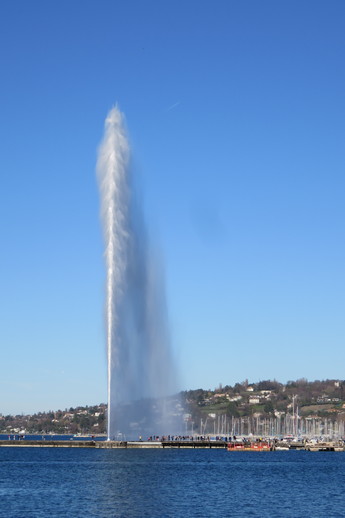
In 1886, a water fountain was created to control the release of excess pressure from a local hydraulic plant. Shortly thereafter, it became a recognisable symbol of the city and was relocated to a more central location on the southern shoreline and improved with a set of reliable water pumps.
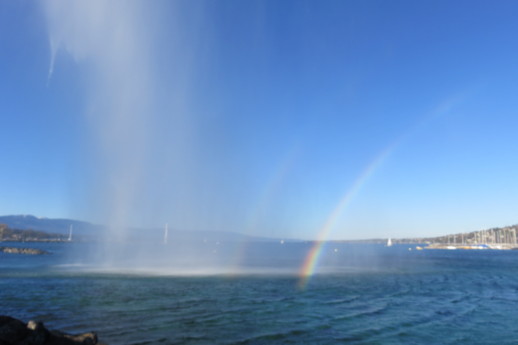
Reaching a height of over 140 metres and with more than four tonnes of water suspended, the resulting water sprays are responsible for many attractive rainbows.
The following day (Sunday), we visited the Geneva Museum of Art and History investing a full day in viewing fine arts and antiquities and reprising Chris’ “Best painting in the room” competition. I must be learning something as I only lost by 37 to 15.
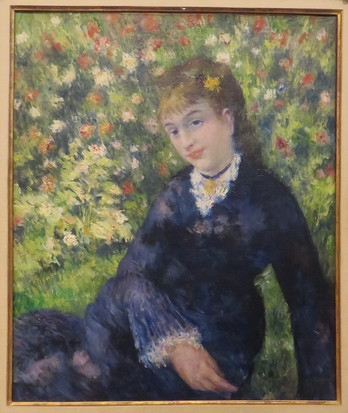
As most European museums are closed on Mondays, we rose early, making our way to the United Nations Office in Geneva (UNOG) building to hopefully queue for a guided tour. Thankfully, Malcolm Turnbull had quashed Kevin Rudd’s 2016 bid to replace Ban Ki-Moon as Secretary-General and thus we were granted admittance once our passports were scanned and Chris’ picture taken as evidence of our visit.
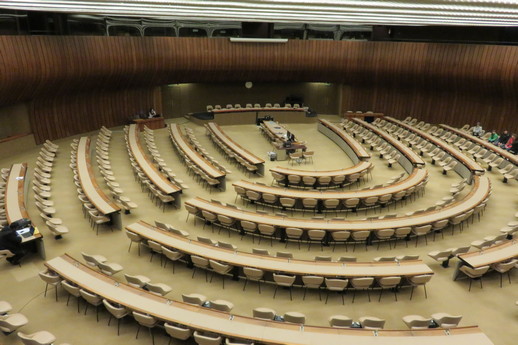
Geneva’s United Nations buildings were initially constructed to house the League of Nations, founded on 10 January 1920 as a result of the Paris Peace Conference that ended the First World War.
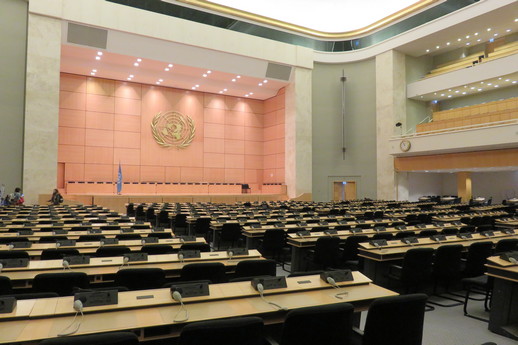
It was the first worldwide intergovernmental organisation whose principal mission was to maintain world peace. Unfortunately, it failed to prevent what was to became the Second World War and ceased operations on 20 April, 1946.
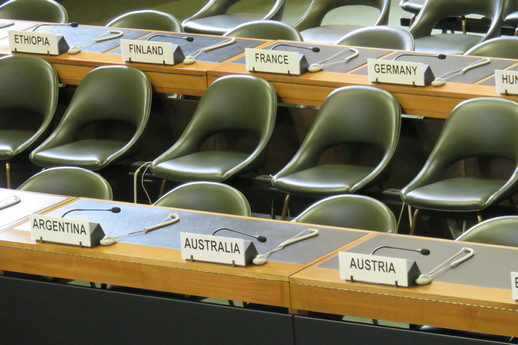
The United Nations officially came into existence on 24 October 1945, when the Charter was ratified by China, France, the Soviet Union, the United Kingdom, the United States and by a majority of other signatories (Australia ratified the charter on 1 November 1945).
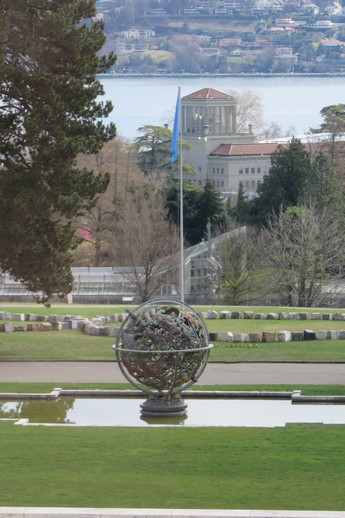
Our guided tour covered the Palais des Nations, the UNOG which serves as the representative office of the Secretary-General at Geneva. A focal point for multilateral diplomacy, UNOG services more than 8,000 meetings every year, making it one of the busiest conference centres in the world. With more than 1,600 staff, it is the biggest duty station outside of the United Nations headquarters in New York.
After our visit to the UNOG, we wandered through the nearby botanical gardens before enjoying a pleasant lunch in the cafe among the palm fronds.
With our first visit to CERN confirmed for Wednesday; on Tuesday we took the train for a day trip to Lausanne – a mere 40 minutes away and located at the northern arc of Lake Geneva.
Alighting from Lausanne railway station into a biting wind that thankfully did not reflect the balance of the day’s weather, we headed downhill towards the lake’s shoreline.
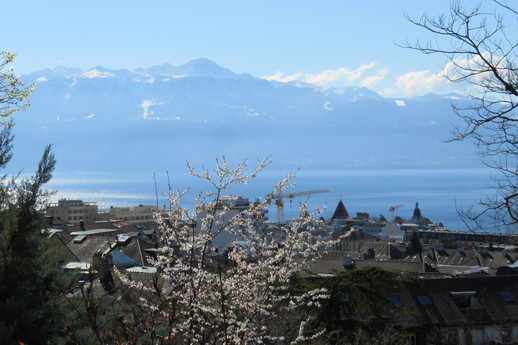
Along the way we found a lookout providing beautiful views of Lausanne and Lake Geneva.
Reaching the lake’s edge we enjoyed walking through expansive parkland clearly popular during the warmer months. Along the way we discovered where Easter bunny chocolate moulds are created.
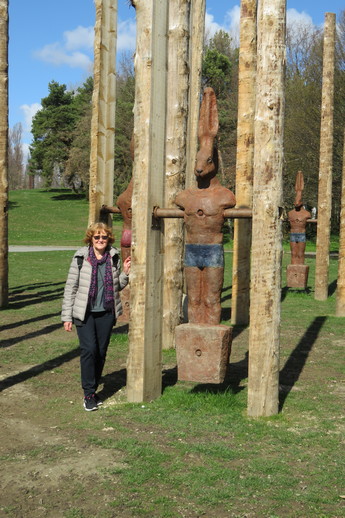
Heading back towards the centre of town, we wandered through the marina providing magnificent views across the lake.
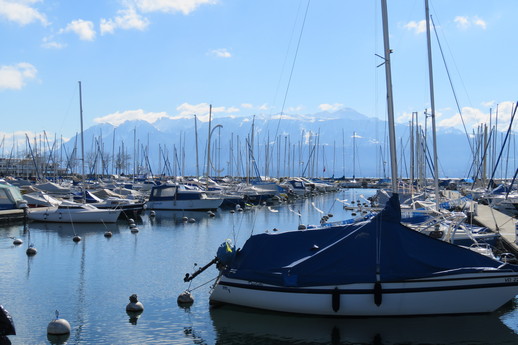
Lausanne’s waterfront provides many opportunities for the rich-bastard class to parade their wealth.
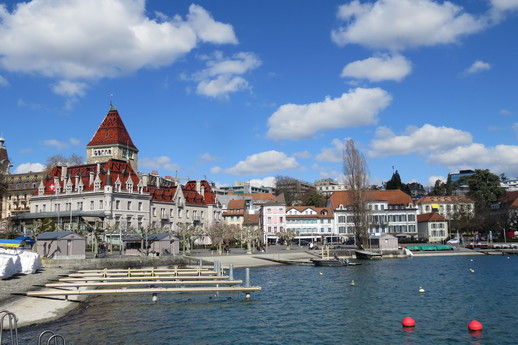
We scurried by, not wanting to draw attention to our meagre means and convict heritage.
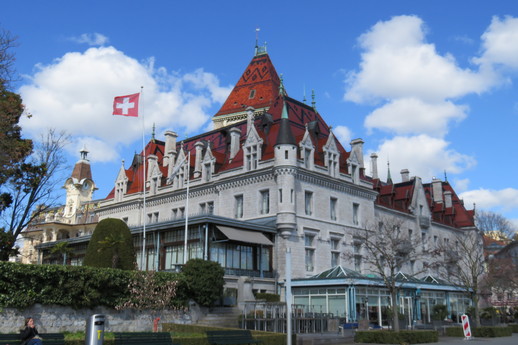
Lausanne happens to be the headquarters of the International Olympic Committee (IOC). I now understand why Kevin Gosper AO, John Coates AC and James Tomkins OAM would seek to represent Australia on the IOC given the salubrious digs that Lausanne presents.
Lausanne has been home to the IOC for 100 years and in 1993, the IOC founded an official museum on the shoreline of Lake Geneva. In 2013, The Olympic Museum was completely renovated and updated with many interactive audio-visual facilities. Covering three floors, the exhibition presents the origin of the games, the competitions and the athletic spirit through over 150 screens and 1500 objects: The Olympic torches and medals of all The Olympic games, as well as the equipment from many famous athletes.
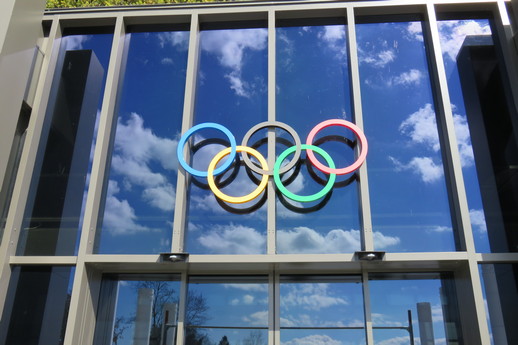
It was wonderful to view footage of Cathy Freeman lighting the Sydney 2000 Olympic cauldron and then winning the Women’s 400 metre final. And Steven Bradbury’s gold medal at Salt Lake City 2002 Winter Olympics Short Track Speed Skating was a must see.
We returned to Geneva, tired from another long day and looking forward to our visit to CERN.
